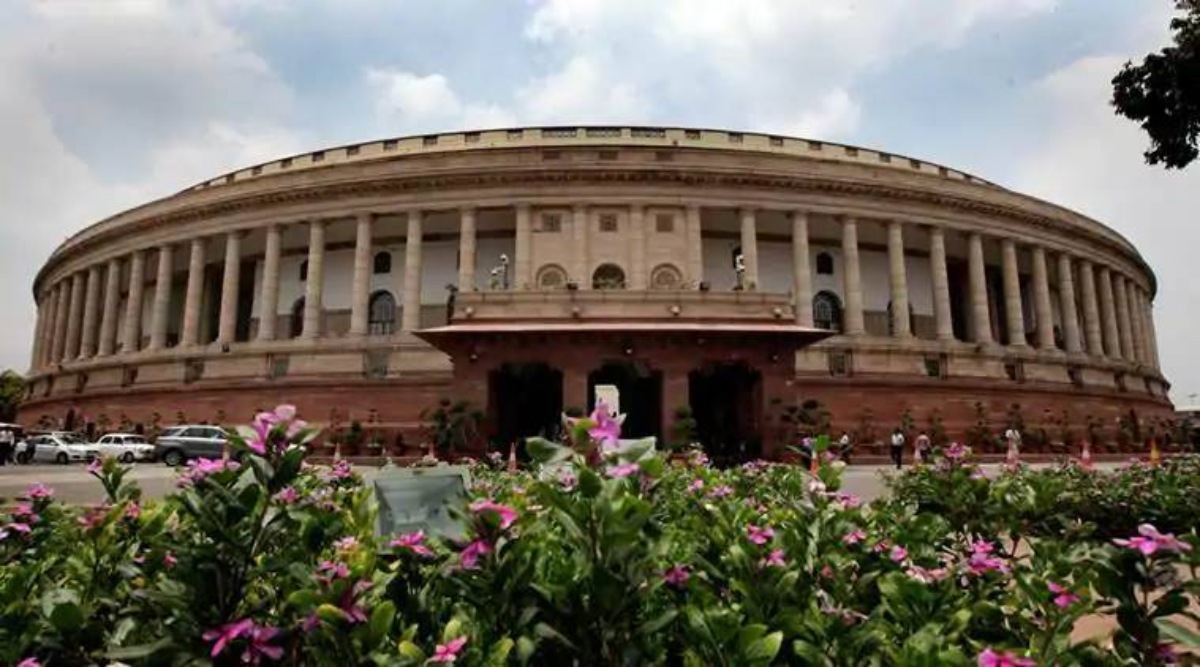Updated: April 8, 2022 4:18:42 am
 The Bill proposes to collect “measurements” of convicted persons, those who are arrested (or detained under preventive detention laws) or those who have executed bonds promising good behaviour. (File)
The Bill proposes to collect “measurements” of convicted persons, those who are arrested (or detained under preventive detention laws) or those who have executed bonds promising good behaviour. (File) The Criminal Procedure (Identification) Bill, 2022 passed by the Rajya Sabha on Wednesday, just two days after it was passed by the Lok Sabha, has been formulated to “authorise…taking measurements of convicts and other persons for the purposes of identification and investigation in criminal matters”. This piece of legislation violates the right against self-incrimination and turns the presumption of innocence in an investigation on its head. It will fundamentally alter the scope of criminal investigation by giving unchecked powers to investigating agencies as well as the central government.
The Constitution, under Article 20(3), protects an accused from being compelled to give witness against himself. However, this fundamental right has been diluted over the years. In 2005, the Code of Criminal Procedure (CrPC) was amended to allow a magistrate to order any person to give their handwriting samples for the purpose of an investigation or proceeding. In 2019, the Supreme Court, in Ritesh Sinha v. State of UP, held that such handwriting samples could include voice samples. This would not violate the right against self-incrimination, the Court ruled. It relied upon its judgment in the Kathi Kalu Oghad case (1962) that held that giving palm impressions or footprints could not be called self-incriminatory because impressions were unchangeable, except in rare cases”. Instead, it held that the Constitution bars the compulsory extraction of a statement — oral or written — from the accused, “which makes the case against the accused person at least probable, considered by itself”.
The logic that was used in 1962 to interpret what would violate the right against self-incrimination is unlikely to apply to technologies in use today. While the databasing of convicted persons is not new, the new piece of legislation allows for taking information, including finger-impressions, palm-print impressions, footprint impressions, photographs, iris and retina scan, physical, biological samples and their analysis, behavioural attributes including signatures, handwriting or any other examination referred to in Sections 53, 53A of the CrPC. It also mandates the National Crime Records Bureau to store, preserve and destroy the record of measurements at the national level as well as process and share them with any law enforcement agency. The Bill is vaguely worded and the nature of the processing, sharing, and dissemination of data it entails will most certainly involve the use of new and emerging technologies. Fears that it will allow new forms of coercion of accused persons are not unfounded and neither are apprehensions that it might create novel and disturbing forms of surveillance and the stifling of dissent.
Technologies that process vast amounts of data are rapidly changing and developing. Their application to policing and the criminal justice system has new implications for the right against self-incrimination. A single fingerprint can be compared with thousands of others in minutes. Information that would be collected through the examination procedures allowed under the proposed law would have much to say about one’s personal beliefs or behaviour. The compulsory submission of such information could have chilling effects after being subjected to new technologies – in other words, the past of an accused person might be enough to incriminate him.
The Bill proposes to collect “measurements” of convicted persons, those who are arrested (or detained under preventive detention laws) or those who have executed bonds promising good behaviour. Only those arrested for petty offences that are punishable with less than seven years may not be obliged to allow the recording of measurements. This rings a warning bell about coercive data collection, especially when seen in the light of the practices used to police oppressed communities.
For instance, under the Criminal Tribes Act, 1871, many nomadic and semi-nomadic communities were labelled hereditary criminals with the colonial intent of controlling their movement. Despite the Act being repealed in 1952, these denotified tribal (“Vimukta”) communities continue to be treated as criminals by birth through the “Habitual Offenders” provisions in state-level police regulations that allow local police stations to keep records of such persons residing in their area. The police maintain history sheets that allow them to record demographic details of the “offender” and information about their family, associates, and habits as “evidence” of them being “habitual criminals”. This has allowed unchecked abuse of power by the police to harass Vimukta children, men and women, extract bribes from them, and as a consequence, deny them access to education, formal employment, and healthcare services. It condemns a section of the country’s population to several cycles of arrest, bail, and acquittal. The new piece of legislation could make the practice of history-sheeting, undertaken when a person is merely alleged of a crime, and not convicted, even more coercive — the “measurements” are to be stored at the national level for 75 years, with no clear procedure outlined for destroying the information.
Digitisation could push the state and local-level criminalisation of oppressed caste communities to the national level. Projects to digitise fingerprints and iris scans are already underway in several states — Maharashtra is the first state to launch its biometric database of undertrials and convicts. The right against self-incrimination is at the heart of protection against police excess and torture. Record-keeping as mandated by the Bill violates this right.
Parliament must make laws that protect against such blatant attacks on fundamental rights and freedoms, rather than enable them.
Sonavane and Ravindranath are lawyers with the Criminal Justice and Police Accountability Project. Kashyap is a lawyer with the Article 21 Trust and Rethink Aadhaar Campaign
- The Indian Express website has been rated GREEN for its credibility and trustworthiness by Newsguard, a global service that rates news sources for their journalistic standards.

